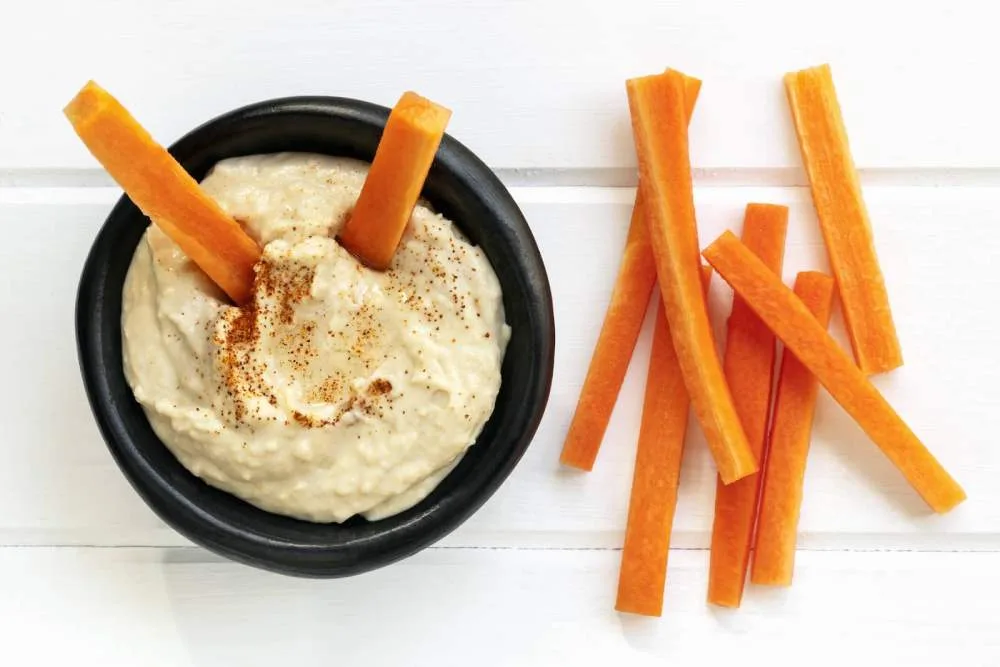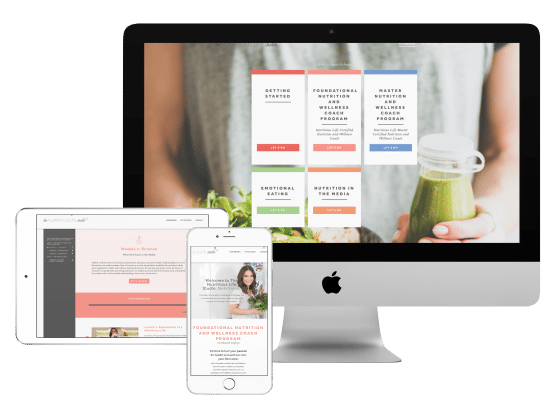Don’t be surprised at your next wellness exam if your physician jots down on their Rx pad, “get outside in nature.” Yes, your doctor may advise you to take large doses of the highly-accessible (not to mention budget-friendly) medicine also known as the great outdoors. The holistic remedy of prescribing nature for health has become a growing trend around the globe.
Physicians in various countries have been handing out “green prescriptions” in place of pharmaceutical meds as a way of treating chronic conditions, such as high blood pressure, diabetes, lung disease and anxiety, according to the World Economic Forum, an international non-profit committed to improving the state of the world.
As we approach Earth Day, we take a look at how this natural form of therapy began, and why spending time with Mother Earth can do wonders for your physical and emotional well-being.
Prescribing Nature For Health Around the Globe
Japan

Medical professionals telling their patients to go play outside is not a new form of treatment. Back in the early 1980s, Japan introduced the practice of Shinrin-Yoku, or forest bathing. This is the act of spending time in a forest, an environment shown to reduce blood pressure, pulse rate and cortisol levels.
These days, there are more than 60 certified forest therapy locations throughout the country (thanks to a $4-million government investment) that are in use by approximately five million citizens. In fact, Shinrin-Yoku is considered a standard practice in Japan in treating symptoms of depression and anxiety, along with managing stress levels.
New Zealand

But they’re not the only ones. In the late 1990s, New Zealand launched a public health intervention dubbed the Green Prescription Program. It is based on national guidelines that suggest 30 minutes of exercise five days a week. General practitioners prescribe mostly outdoor activities (including walking, swimming and kayaking) to help manage or prevent conditions associated with a sedentary lifestyle.
A study, published in the journal BMC Family Practice, found that green prescriptions have a positive effect on patients living with a pre-existing condition, such as obesity or depression, as well as those at risk of developing diabetes and heart disease.
Today, New Zealanders can even apply for a green prescription in order to be assigned a health and wellness coach who will instruct them to take part in outdoor exercises, such as playing with their family in the park or gardening with neighbors in the community. Taking part in their Green Prescription program “can help you breathe better, have less pain and reduce your risk of falling, as well as make it less likely you will get some other health conditions, such as some types of cancer,” says Health Navigator New Zealand.
United Kingdom

The United Kingdom also believes that healing is found in nature. In 2020, the UK invested more than $5 million into “green social prescribing” to benefit the urban and rural areas hit the hardest during the pandemic.
“A connection with nature contributes to well-being and improved mental health,” said Environment Secretary George Eustic when announcing the program.
United States

Thankfully, the United States is getting in on the trend of prescribing nature for health by recommending nature-based therapy as part of a holistic wellness plan. Read on for more about that.
Fill Your Park Prescription
Nearly 10 years ago, a group of park agencies and healthcare providers in the U.S. teamed up to develop Park Prescription programs to help boost mental and physical health. This movement eventually turned into the National ParkRx Initiative, a program run by the Golden Gate National Parks Conservancy in partnership with the National Park Service. Its mission is “supporting the emerging community of Park Prescription practitioners.”
Physicians across the U.S. are prescribing nature for health in 34 states (and Washington D.C.), including Vermont, Maryland, Colorado and California. If you need to make an appointment, the U.S. National Park Service has declared Saturday, April 16, as Park Prescription (Park RX) Day, which also serves as a way to kick off the annual National Park Week.
Not sure how to fill your prescription? Click here to find a participating park near you.
Why A Prescription May Be Key
Naturally, you can make an effort to spend more time in nature. From working out in a park to scheduling walking meetings with colleagues to strolling through a plant nursery, breathing in fresh air on a daily basis is definitely a start. After all, the Environmental Protection Agency (EPA) reports that Americans spend an average of 90% of their time indoors (yikes!). (Which reminds us that there’s a trend blooming called biophilia, and it’s about bringing the outdoors in to boost wellness.)
But motivating yourself is not the same as a prescription from your MD or DO.
As evidence, patients in New Zealand view an actual prescription written by their physician as a formal treatment for their health, according to a study. Seeing the words written on a prescription pad doesn’t just serve as a reminder to be more active in nature. It validates the importance of the medicine prescribed by the physician.
Benefits Of Spending Time In Nature
It’s really not surprising that science supports prescribing nature for health. Here’s some proof:
- Nature may improve gut health: Researchers from the University College London speculate that being exposed to organisms within the environment may help regulate the immune system and encourage beneficial bacteria that reside in the gut, skin and lungs, ultimately warding off diseases. This investigation bounced off previous studies which had found a link between the natural environment and long-term health benefits (including fewer deaths, along with fewer cases of heart disease and psychiatric problems).
- The great outdoors curbs stress and anxiety: Within the last five years, the journal Frontiers in Psychology published research—one study and one review—where the authors concluded that being active in nature can have a profound effect on stress, anxiety, mental health and overall well-being.
- Green prescriptions improve heart health: In 2018, the journal Environmental Research published a meta-analysis of 143 studies that centered around possible health benefits of green prescriptions involving green spaces. The medical researchers uncovered evidence showing “statistically significant reductions” in numerous cardiovascular-related conditions, such as blood pressure, heart rate, salivary cortisol and diabetes, as well as all-cause and cardiovascular mortality.
- Just two hours in nature makes a difference: A 2019 study published in the journal Scientific Reports discovered that adults who spent at least two hours a week in green space areas were more likely to report feeling good regardless of their health status.
Inspired to spend more time in nature? Now that the warm weather days are ahead, ask your healthcare provider if a trip to the forest instead of the pharmacy could be the right solution for you.
(Images: Shutterstock)






























